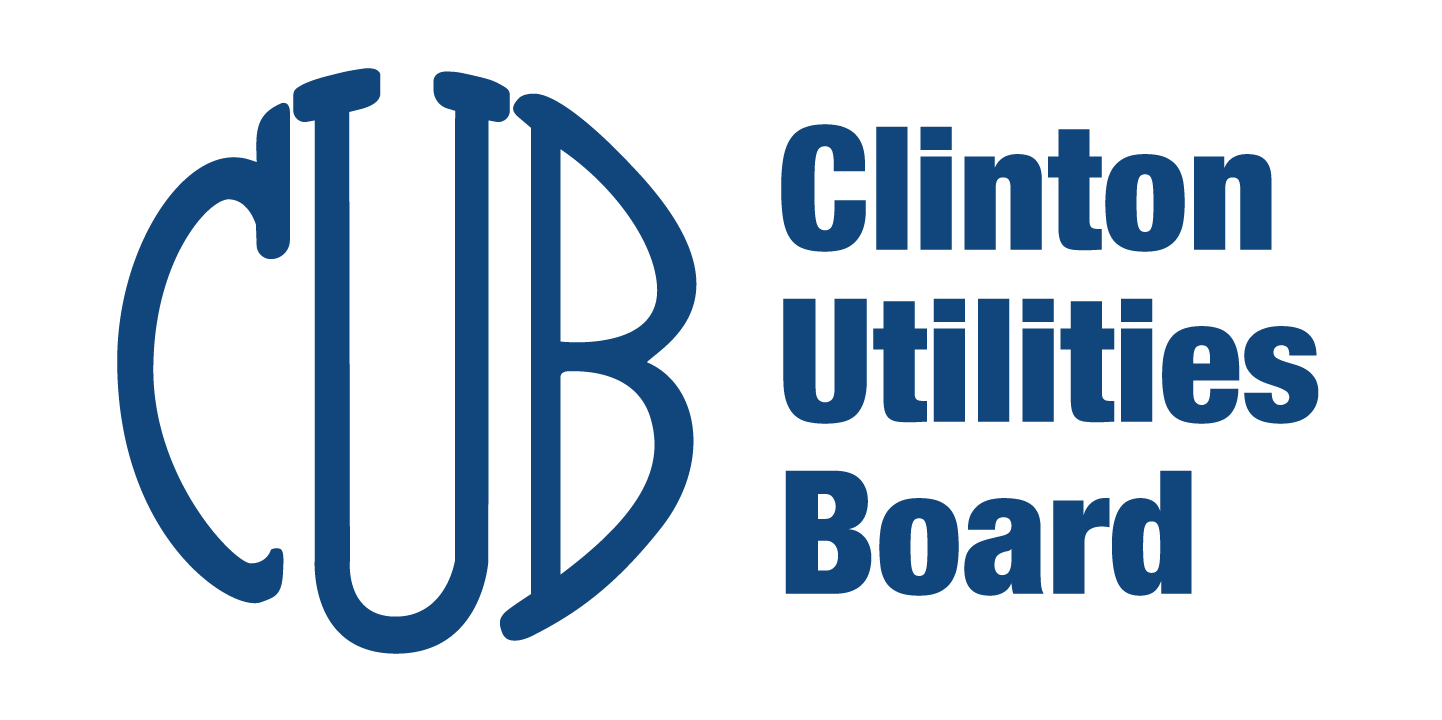Customer Service: (865) 457-9232
cservice@clintonub.com
What is a Food Service Establishment?
A Food Service Establishment (FSE) is any establishment, business or facility engaged in preparing, serving, or making food available for consumption. Single family residences are not an FSE; however, “multi-family” residences/facilities and residences used for businesses may be considered a FSE at the discretion of CUB’s Director or Pretreatment Coordinator.
Food Service Establishments are classified by CUB as follows:
- Class 1
- “Deli-type” – engaged in the sale or preparation of cold-cut and/or microwave sandwiches, subs or hoagies, and possibly other foods but with no frying or grilling on site. Ice Cream shops and beverage bars as defined by NAICS 722213.Mobile Food Vendors as defined by NAICS 722330.
- Class 2
- Limited-Service or Delicatessen Restaurants having any amount of frying or grilling (a.k.a. Fast-Food Facilities or Convenient Stores) as defined by NAICS 722211.Caterers as defined by NAICS 722320. Full-Service Restaurants as defined by NAICS 722110.
- Class 3
- Buffet and Cafeteria Facilities as defined by NAICS 72212.
- Class 4
- Institutions (Schools, Hospitals, Prisons, etc.) as defined by NAICS 722310 but not to exclude self-run operations.
Grease Control Equipment (GCE)
FSEs use Grease Control Equipment (GCE) to control FOG. A GCE is any device or devices that separate and retain the FOG in the wastewater stream leaving the FSE, but prior to the wastewater entering CUB’s sewer system. CUB-approved GCE includes grease interceptors, grease traps or other acceptable devices.
A grease interceptor is a large underground tank with an influent tee, an effluent tee and a baffle wall designed to separate grease from other wastewater discharges. These tanks usually range in capacities from 500 gallons to 2,000 gallons and are located outside the building unless a variance request has been granted from CUB in writing. A CUB grease interceptor sizing form must be submitted to CUB to ensure proper interceptor sizing. The interceptor must pass an inspection and leakage test prior to approval.
A grease trap is an “under the sink” container with baffles, a small “under the counter” container with baffles, or a container with baffles in a floor trap. The use of only a grease trap for GCE is approved for most Class 1 food service establishments. Class 2, 3, and 4 FSE’s will have both a grease interceptor and trap. The minimum size grease trap required to be installed must be able to handle a throughput of 20 gallons per minute (gpm) with a 40-pound grease storage capacity. All grease traps shall have a vent and a flow control device to regulate velocity.
Unless otherwise approved in writing by CUB, all GCE should be constructed and installed in accordance with CUB’s FOG Control Program. Please see the links to important diagrams and forms below:
- Standard Grease Interceptor Diagram
- Grease Interceptor Sizing Form
- Grease Interceptor Leakage Test Certification Form
- Grease Interceptor Cleanout Housing Cover Diagram
- Grease Trap Diagram (“under the sink” type)
All Food Service Establishments (FSE’s) inside CUB’s wastewater service area are expected to conduct their operations in such a manner that fats, oils, and grease (FOG) are captured on the user’s premises; the user must also properly dispose of the FOG. A FSE, at its expense, must maintain and clean all GCE serving its facility. Grease interceptors must be completely pumped out a minimum of once every three months, or more frequently as required by CUB’s FOG Program. A CUB manifest or equivalent must be submitted to CUB by the FSE for each interceptor pumping. Under the sink type grease traps must be completely cleaned out a minimum of once every month, or more frequently as required by CUB and the CUB FOG Program. Click on the below links for more information.
- Standard CUB FOG Interceptor Pumping Manifest
- Grease Trap or Interceptor Cleaning and Maintenance Log
- Fog Best Management Practices
CUB will periodically inspect each FSE’s on an as-needed basis to ensure that each is complying with CUB’s FOG Program. All FSE’s must keep grease control equipment cleaning logs current, clean grease control equipment per the schedule assigned by CUB, and post “No Grease” signs above fixture drains.
CUB will identify and target “grease problem areas” in the wastewater collection system through the inspections, preventative maintenance records and emergency calls related to FOG blockages. FSE’s located upstream will be identified as potential contributors to the FOG build-up. All FSE’s in the vicinity of “problem areas” will be inspected. Each facility’s grease control practices and the adequacy of their grease control equipment will be assessed. Maintenance/Cleaning records may also be reviewed.
We hope these guidelines will make it easier for FSE to properly manage their FOG waste. Please feel free to contact us at (865) 220-6241 should you have any questions regarding CUB’s FOG Program.
